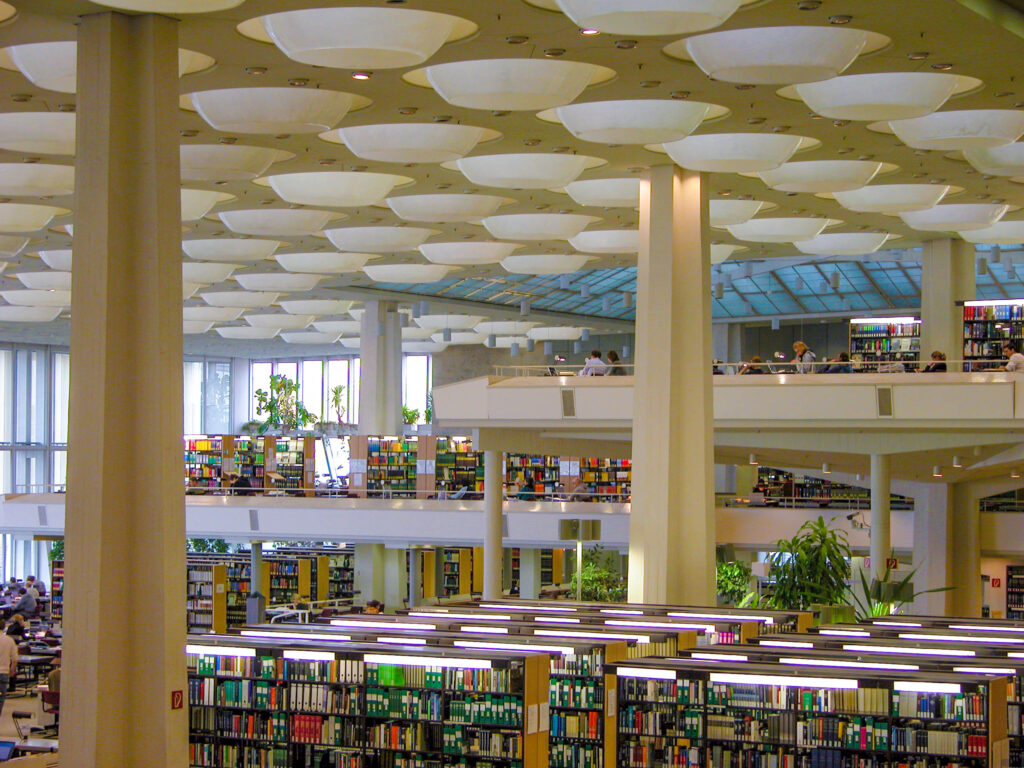
Angels and Architecture
The attack on the Capitol building renewed appeals to “the better angels of our nature.” It is a popular appeal when we behave unheroically, destructively and know that we are capable of better. Appeals to our better angels are not about divine intervention, but about bearing witness as a necessary step towards something nobler.
In his song Angel from Montgomery, John Prine requests, “Make me an angel that flies from Montgomery…Just give me one thing that I can hold onto, to believe in this living is just a hard way to go.” The song is written from the point of view of an aging woman coming to terms with her unfulfilled dreams, desires and potential—a personal story universally relatable. The mystery of Prine’s angel is not its divinity, but how it comforts by simply bearing witness to disillusionment.
Wim Wenders’ film Wings of Desire is largely about angels bearing witness to human thought and emotions, from the tragic to the poetic. There are haunting scenes of angels immersed in intimate human moments, laying unseen hands on the shoulders of the suffering to both understand and comfort, or leaning over someone in heavy study. Sometimes they record a moment in a notebook, for what—future reconsideration, to bear eternal witness?
Several of the film’s scenes take place in Berlin’s State Library, the Statsbibliothek, a hangout for angels. The film leverages the library’s expansive interior space, quietude, and shadowless daylighting to focus on the angels’ transcendent witness bearing. In a memorable moment, an angel leans back in a chair and locks his fingers around a railing behind him as if to tap into the building as a transmitter to amplify his experience, a recognition that the library building itself has born witness to countless human thoughts, emotions, and activities.
Architecture’s role as witness bearer is not a new idea. In the 19th century, William Morris explained its value out of concern for what can be lost from destructive building renovation:
“The untouched surface of ancient architecture bears witness to the development of man’s ideas, to the continuity of history, and, so doing, affords never ceasing instruction, nay education, to the passing generations, not only telling us what were the aspirations of men passed away, but also what we may hope for in the time to come.”
The popularity of Winston Churchill’s observation that “We shape our buildings; thereafter they shape us” is due in part to the author’s reputation, but also because we like the idea that we can positively affect behavior through good design. There is an element of truth in this, but Modern architectural history is littered with failures that confirm the fallacy of such faith. Recent events invite a more modest perspective. The Capitol building has born witness to a nation’s history, to the aspirations of its citizenry and now, the opposite, repudiation. It is a humbling reminder to the communities, clients, builders, and designers involved in the creation of architecture of how buildings, like the better angels of our nature, bear witness.
